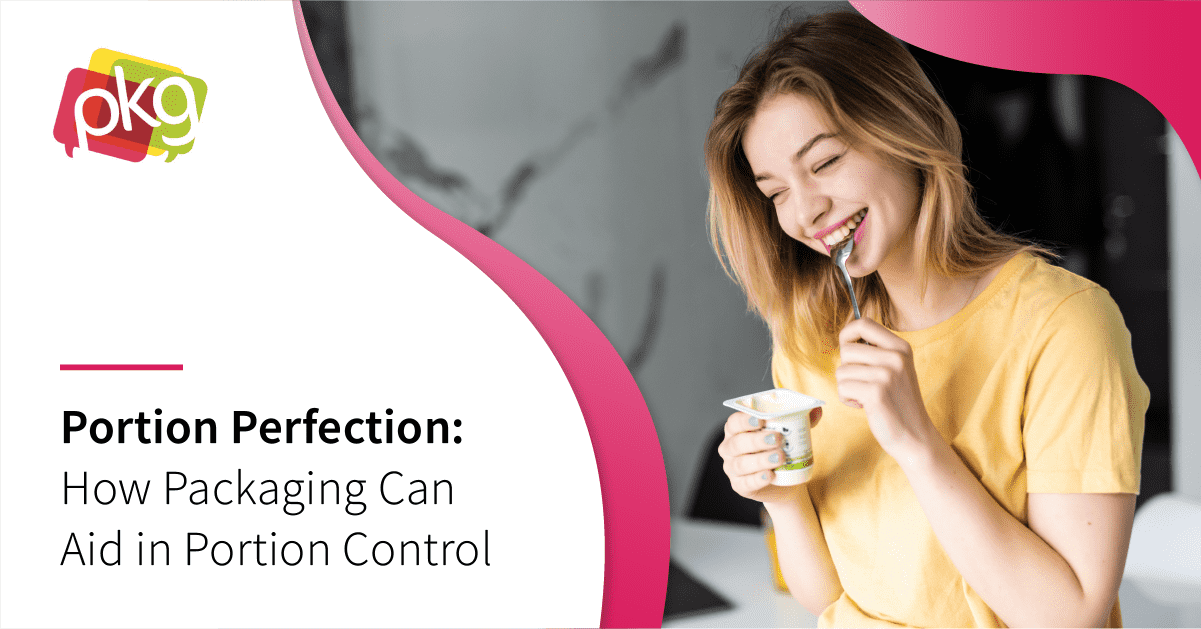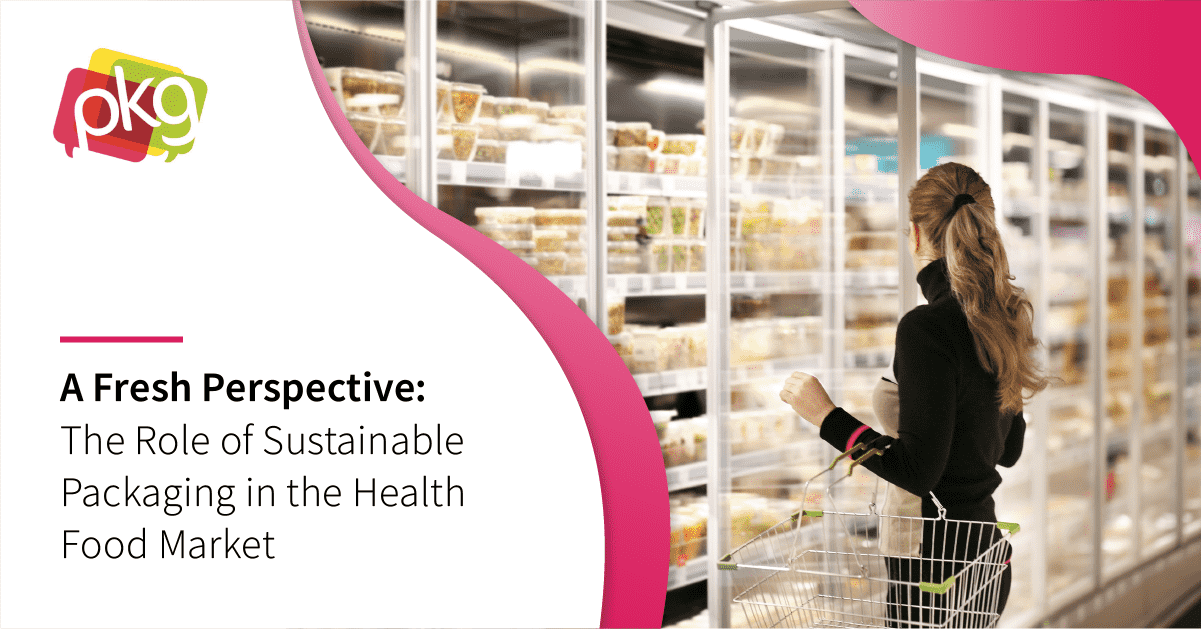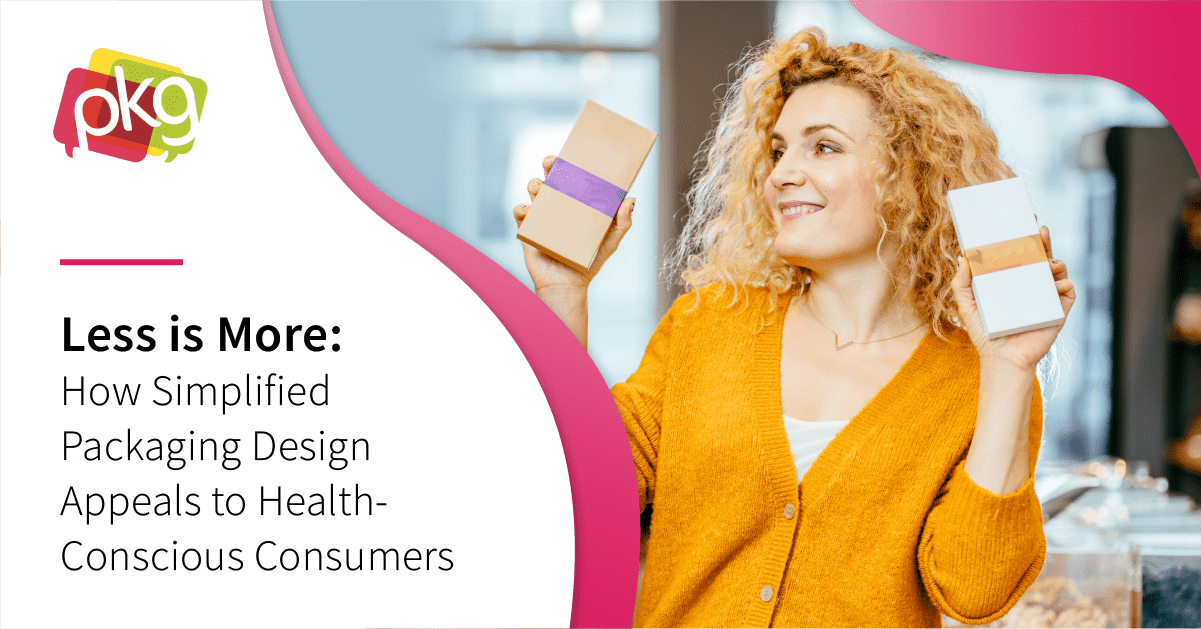In 1993, the FDA declined to provide a regulatory definition of the term “natural” for food products, leaving manufacturers to create their own definitions.

Predictably, this resulted in food manufacturers in some cases using very loose interpretations of the term “natural,” and a subsequent influx of food products bearing the label. By 1999, there were 259 “natural” product launches, and by 2008 there were over 2,300 of them.
Those numbers have fallen over the past several years, not because people no longer want “natural” products, but because they realize that the term is nearly meaningless in the absence of a strict FDA definition.
Oddly, the FDA did come up with an official definition for “healthy,” which involves certain levels of total fat and proportions of saturated fats, as well as presence of nutrients like potassium and vitamin D. Nonetheless, some brands have used the designation based on a loose interpretation of the rule, and have found themselves fighting with the FDA over appropriate use of “healthy” on labels.
Consumer Interpretations of “Natural” Vary
Ask consumers what they think the term “natural” on food labels means, and you’ll get a variety of answers, including:
- Lack of synthetic chemicals
- No artificial ingredients
- Organic
- Free from preservatives
The result is a certain level of consumer confusion, with consumers defining for themselves what “natural” means to them and turning to the fine print on labeling to determine if products meet their criteria. They want verifiable claims on food packaging designs, such as “contains no artificial colors, flavors, or preservatives,” and they don’t pay as much attention to “natural” claims.

“Stamp Fatigue” and Consumer Skepticism
Manufacturers have turned to third-party certifications to substantiate product claims, such as “Certified Organic” and “non-GMO Project Verified.” While this might seem to be a good practice in the absence of FDA definitions, such third-party certifications are proliferating. At some point, manufacturers can overdo the third-party certifications to the detriment of their brand. One result is “stamp fatigue” on the part of consumers, who come to consider a label full of certification stamps as little more than a marketing ploy.
The current situation puts food packaging design in a difficult place. Clearly, consumers want to know what’s in their food, but they don’t want to feel as if they’re being blatantly marketed to through a list of certifications created by private industry.
Bottom Line: Food Packaging Design Should Be Straightforward
Substantiated product attributes matter most to today’s consumer. The brand that uses a designation of “nothing artificial” speaks to consumer interests far more than if they used the “natural” designation. And consumers don’t necessarily prioritize third-party certifications, as long as they can easily see that a product lists verifiable claims like “no artificial colors.”
In fact, since the FDA chose not to create an official definition for “natural,” it’s possible that the term will fade away in the coming years. It’s simply not a term that gives consumers the level of information that they want from their food packaging designs.
And even if the FDA should decide on an official definition for “natural,” it may not make much difference, considering the confusion that has surrounded its “healthy” designation. The bottom line is that consumers want food packaging designs that tell them what’s in (or not in) food products based on verifiable claims so they can make their own decisions on whether a given product meets their needs.
PKG Brand Design is always on the forefront of new CPG branding and packaging initiatives; please subscribe to our blog for the latest package design industry news!







